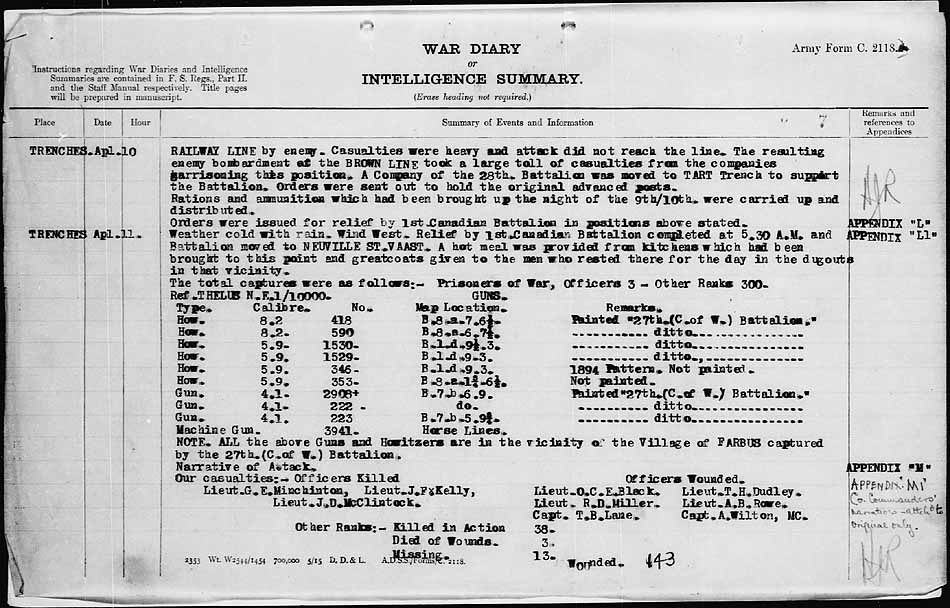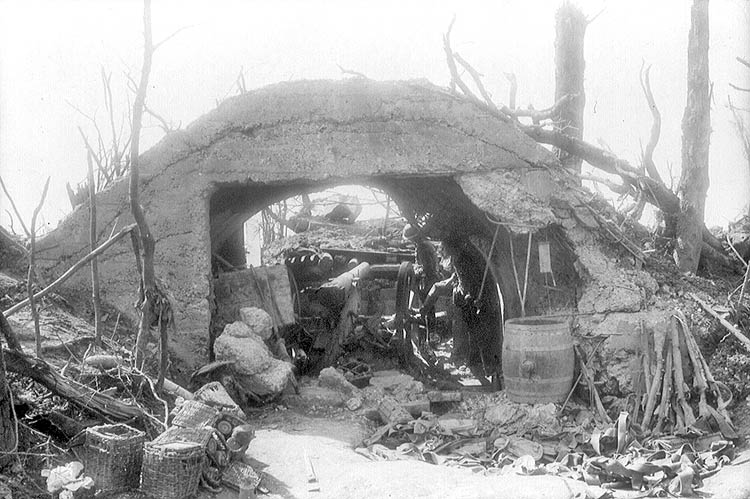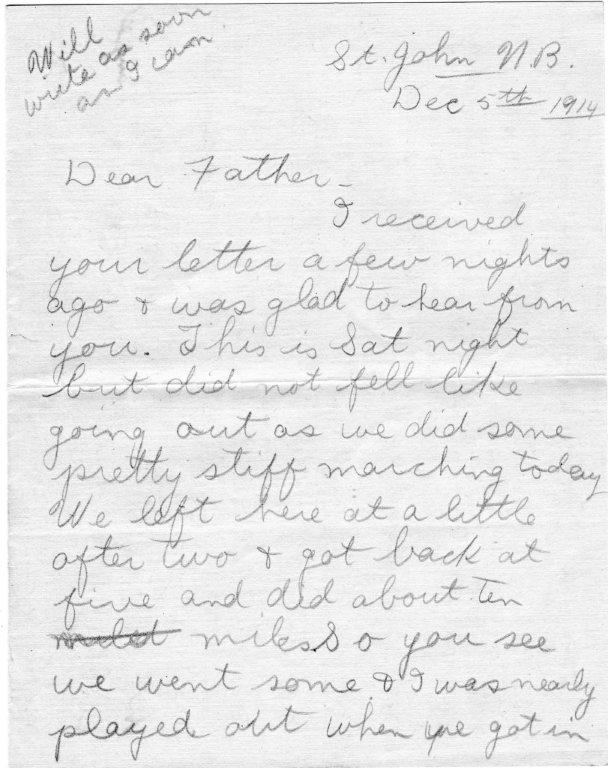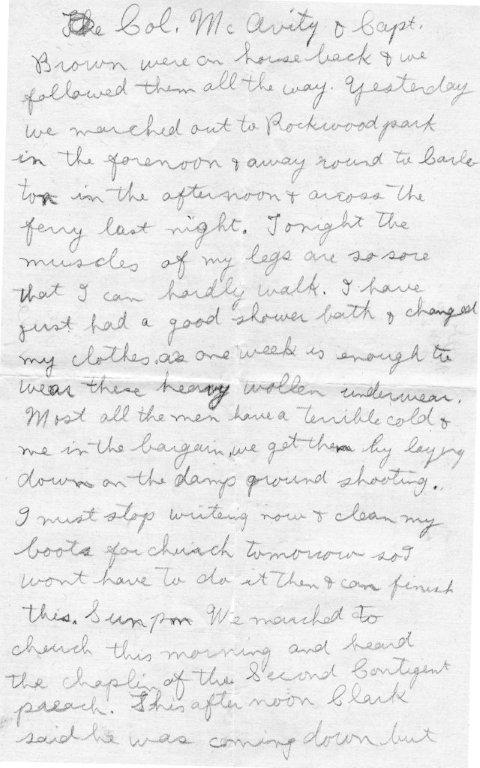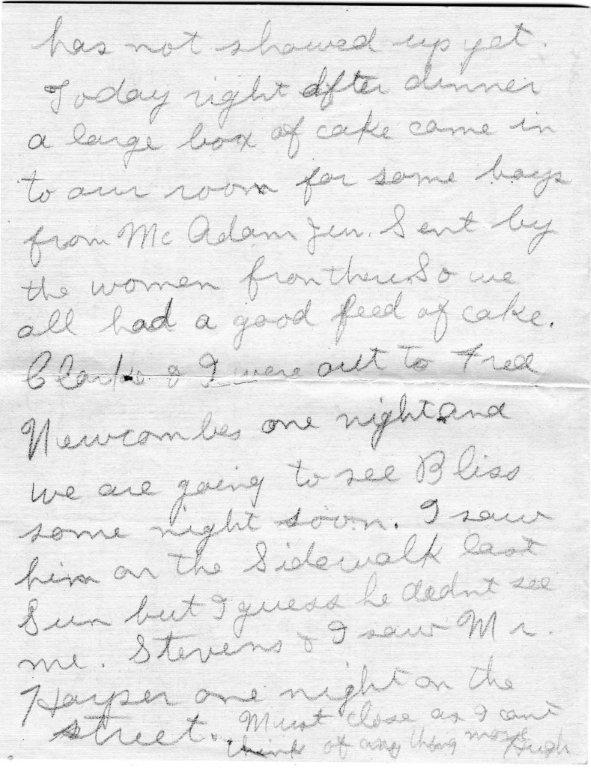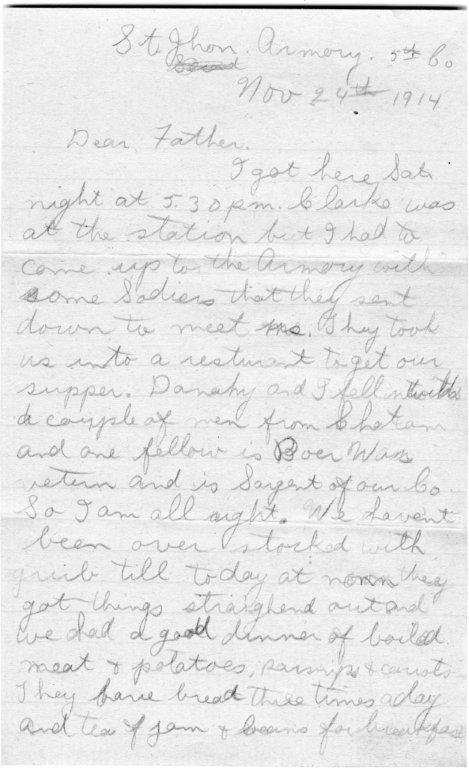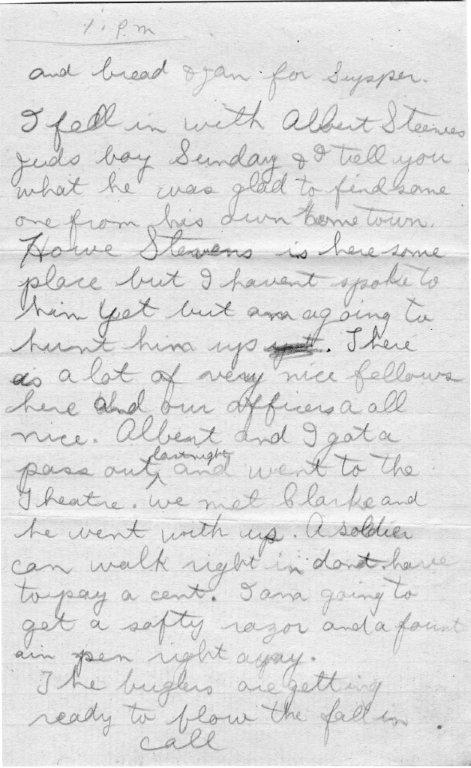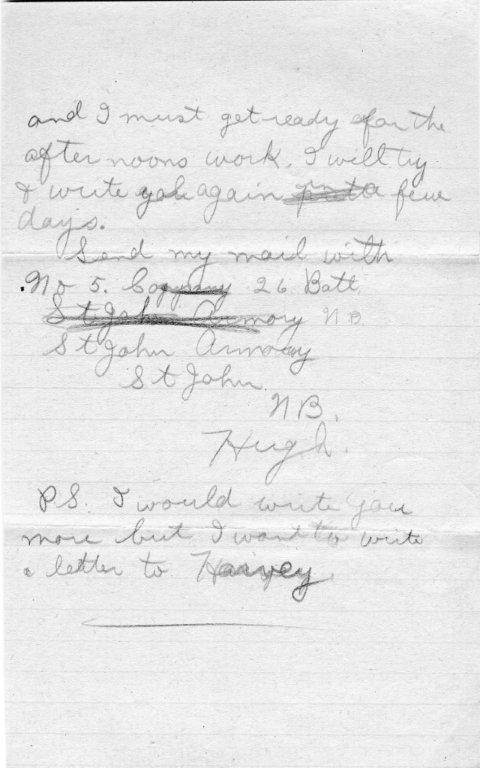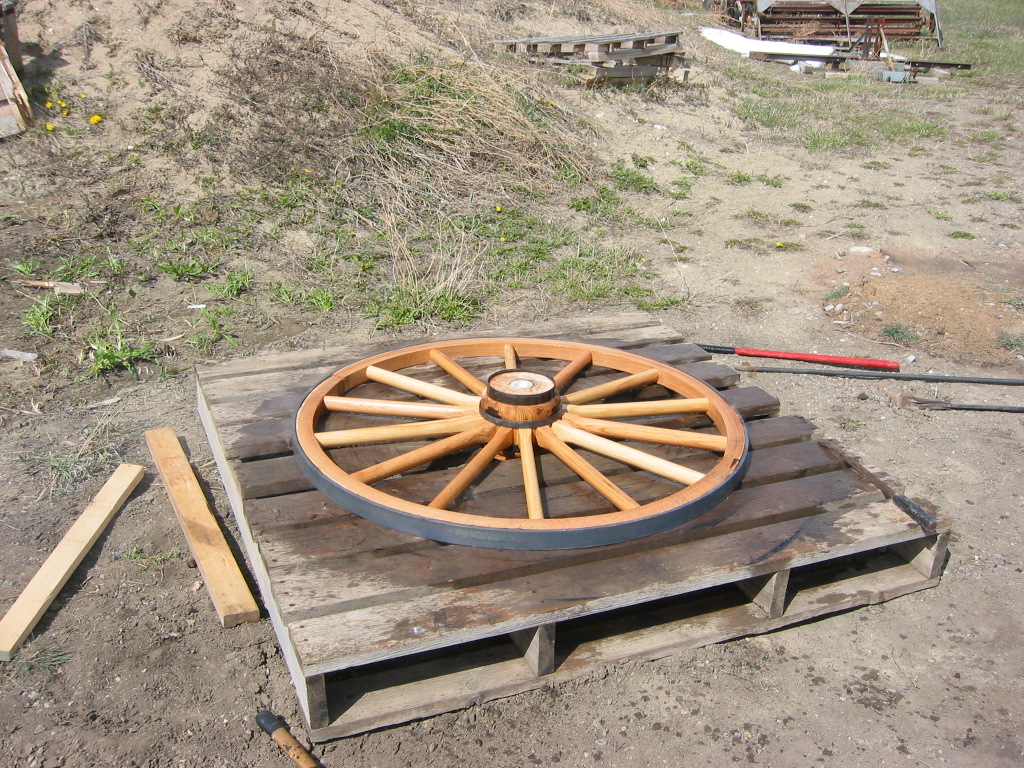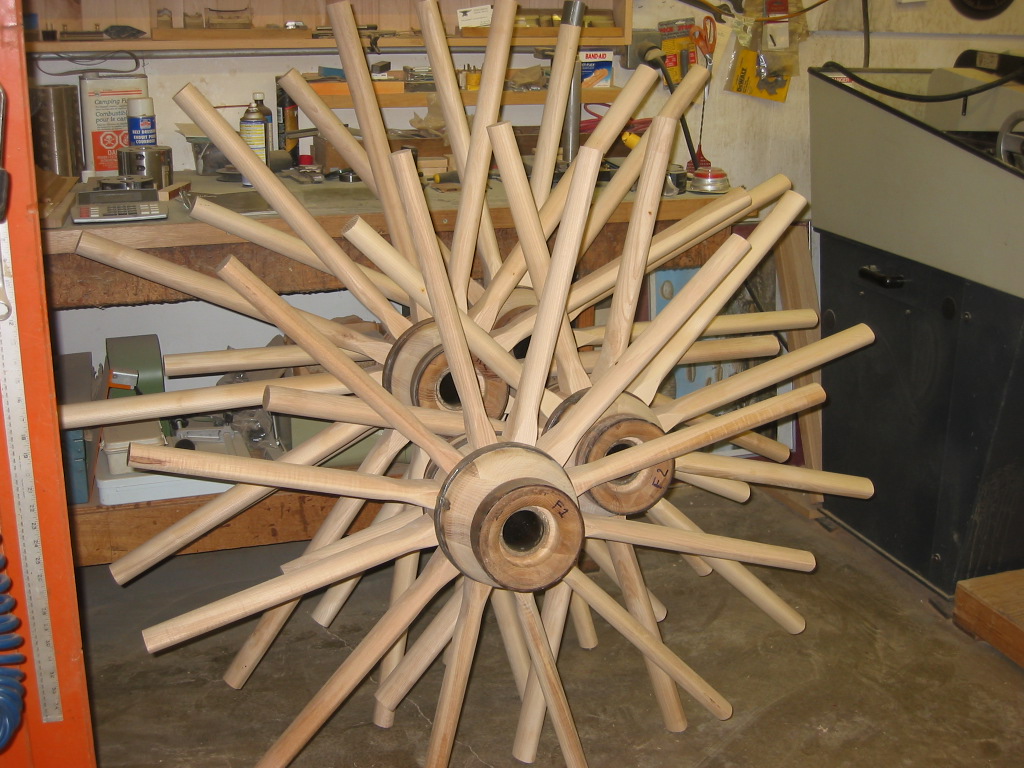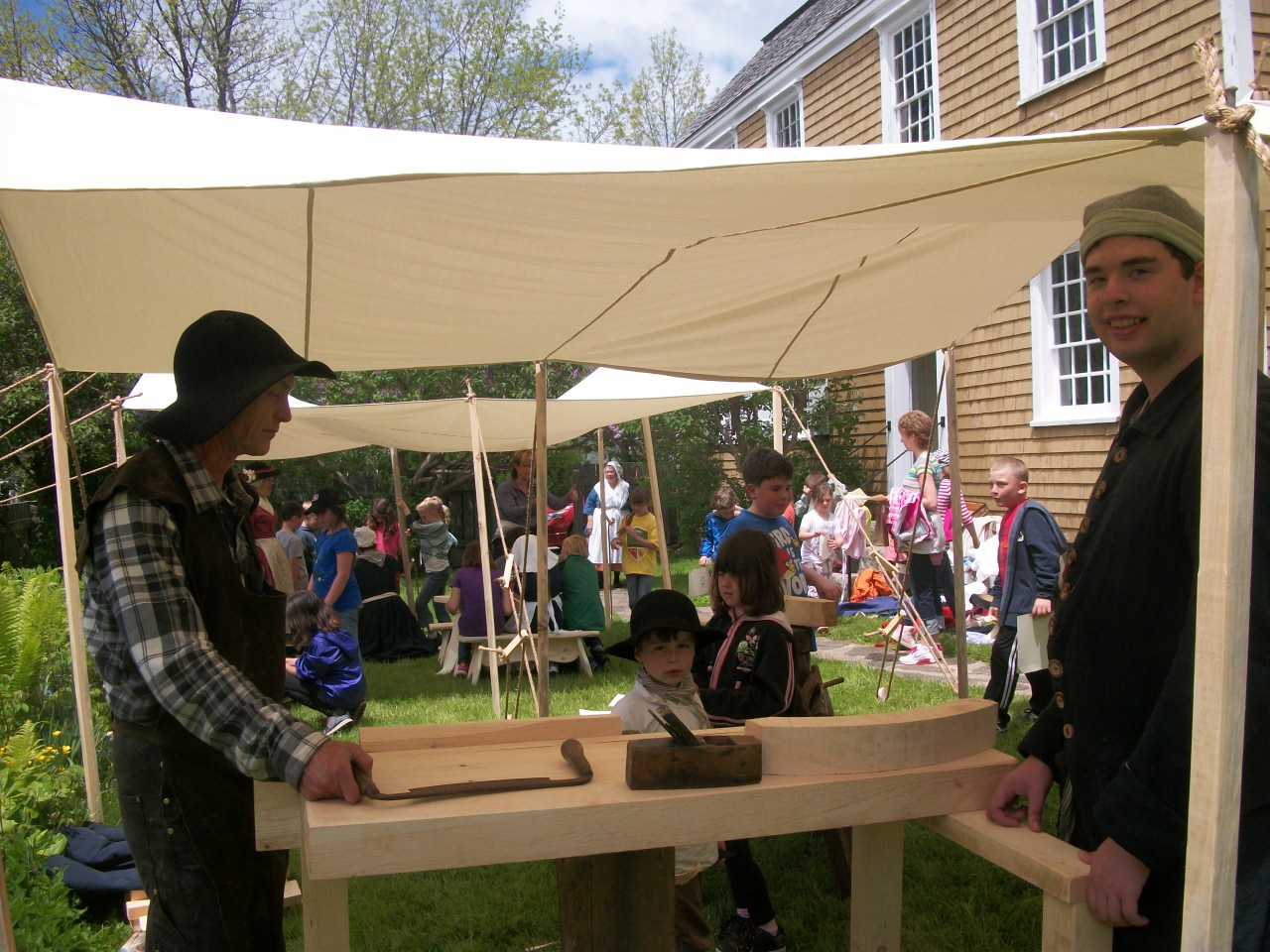If you are driving through Hopewell Cape these days, and look at the cannons in front of the museum, you will see that they look rather naked without their wheels. The wheels have started their journey of rejuvenation, and have made the trip to Jordan Bay, Nova Scotia, to the workshop of Mike Hartigan, the Wheelwright by the Sea.
How does someone become a master wheelwright in the 21st century? Mike's story is as interesting as any in our museum.
Mike grew up in Point Edward, Cape Breton Island, and moved to Alberta in 1962, he graduated from the Alberta College of Art, majoring in illustration, in 1973 and worked at various jobs for several years, including carnival worker, truck driver, ceramic kiln operator, and custom RV builder.
Then Mike started a full-time career as a woodworker and subsequently owned and operated The Village Woodsmith as a custom cabinet & furniture manufacturer, and later reconfigured the Company to manufacture wholesale wood mouldings and parts for the furniture & cabinet industries. The company motto was, “If it’s made of wood, we can make it”
Over the years Mike maintained an avid interest in history, old architecture and horse drawn vehicles, and other things. As a result the Village Woodsmith often took on unusual one of a kind projects, some of which were, two 13’ presentation models of a new space age dirigible design, the reproduction of historically accurate props for movie productions, and historically accurate reproductions of mouldings needed to rebuild the Lodge in Yellowstone Park after it burned down, to name a few.
In the year 2000, Mike took a course on wheel making offered by the Western Development Museum in Saskatoon. Intrigued by what he had learned, he repeated the course in 2001. In 2002 the museum asked Mike to become a junior instructor for the course, taking over from another instructor who retired. Mike taught wheel making & repair for the next three years.
During this time Mike established the “Lost Arts Workshop,” as a side business to the Village Woodsmith. From then till now all unusual projects, including wheel making have been produced under this banner, and there have been many. They include the building of over five hundred new wheels for various interests, reproductions of historic wagons & carriages and the supply of new lumber & parts for wagons & wheels to Museums. Again as much for the movie industry, these credits include Spielberg Productions, Smallville, and much work for John Scott Productions, horse master of the recent, “Lord of the Rings” trilogy. Mike and the Lost Arts Workshop became noted for consistent attention to historic detail and the supply of quality work & materials on time and at affordable prices.
In 2012, Mike and his life and business partner Brenda, decided to semi retire, so closed the Village Woodsmith, with the intention of continuing the activities of the Lost Arts Workshop. On September 16, 2012, Mike, Brenda, their household and equipment arrived in Jordan Bay on the South Shore of Nova Scotia, taking over an abandoned house rotting away on an acre of land with the intent of becoming the ”Wheelwrights by the Sea”. After two years, the house is repaired and cosy, the new workshop is up, and the Lost Arts Work Shop is back at work.
Today, whether it is a new set of working wheels, or an accurate reproduction of a steam engine, you can get it at the Lost Arts Workshop. All you need is the information to describe it, a budget of some sorts to pay for it, and the desire to have it! He can help you with the rest.
The wheel restoration is just one part of the Victory Cannon Campaign Restoration project, we are almost 1/4 of the way to our goal of $15000.00. Please DONATE! (You can donate online - click here)
